The year ahead is set to be a massive one for SRAM on the road and gravel front.
With Shimano launching 105 Di2 in 2022, the ball is back in SRAM's court in the ongoing tussle between these two groupset titans.
While SRAM was the first to drop an electronic groupset down to the third tier, with the launch of Rival eTap AXS in 2021, at the top-end, Red eTap AXS hasn’t been updated since 2019 and, in some areas, is looking a bit long in the tooth.
Elsewhere, small changes would improve the usability and aesthetics of the brand’s groupsets.
Here, we outline the BikeRadar team’s road and gravel tech wishlist from SRAM for 2023, from a new Red groupset to refinements elsewhere.
1) A new Red eTap AXS groupset
The biggest road groupset launch of 2022 was Shimano’s 105 Di2, which followed on from major updates to Ultegra and Dura-Ace.
It’s now SRAM’s opportunity to return to the centre stage – but, while a fourth-tier Apex groupset may be rumoured, we don’t think it’ll be a mid-range groupset launch that will dominate headlines.
Instead, given the spy shots we've seen of prototype shifters on pro bikes recently, we’re fully expecting to see a new Red AXS eTap groupset in 2023, but what it will include isn’t clear.
Red eTap AXS was released in 2019 and, while it's a superb groupset, compared to the current-day competition there are some areas we'd like to see improved to move it on once again.
2) 10t problems
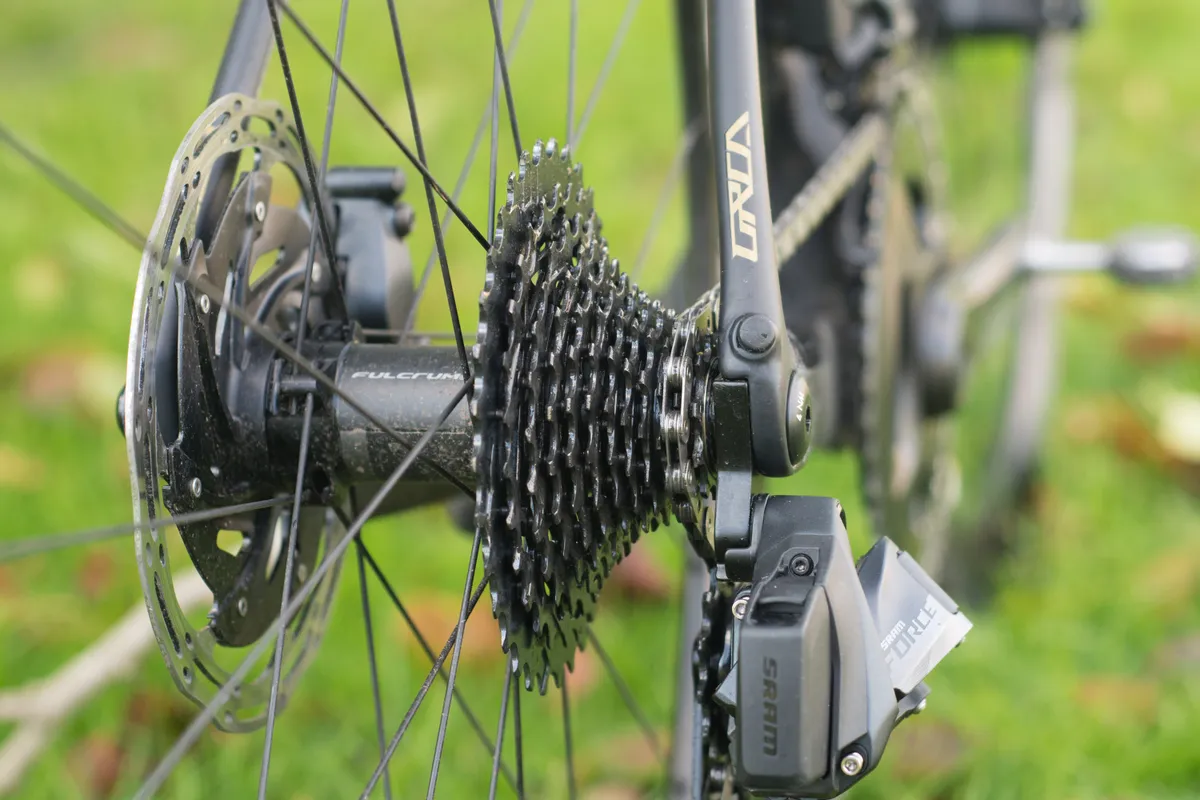
SRAM’s current Red, Force and Rival groupsets use a 10t cog to allow for a wider range of gears, along with smaller chainrings.
SRAM claims this is a more usable setup for the recreational rider because it enables us to stay in the big ring for longer to mop up all of those morale watts.
Once the climb gets seriously steep, shifting into the smaller chainring helps to keep your cadence up.
The tiny 10t cog and smaller chainrings are, however, less efficient than an 11t paired with standard chainrings.
One test suggested a 48x10 pairing resulted in a 6-watt increase in drivetrain drag at 250W, compared to a more conventional 53x11.
With every watt being chased in professional cycling, the riders were quick to ask SRAM for larger chainrings.
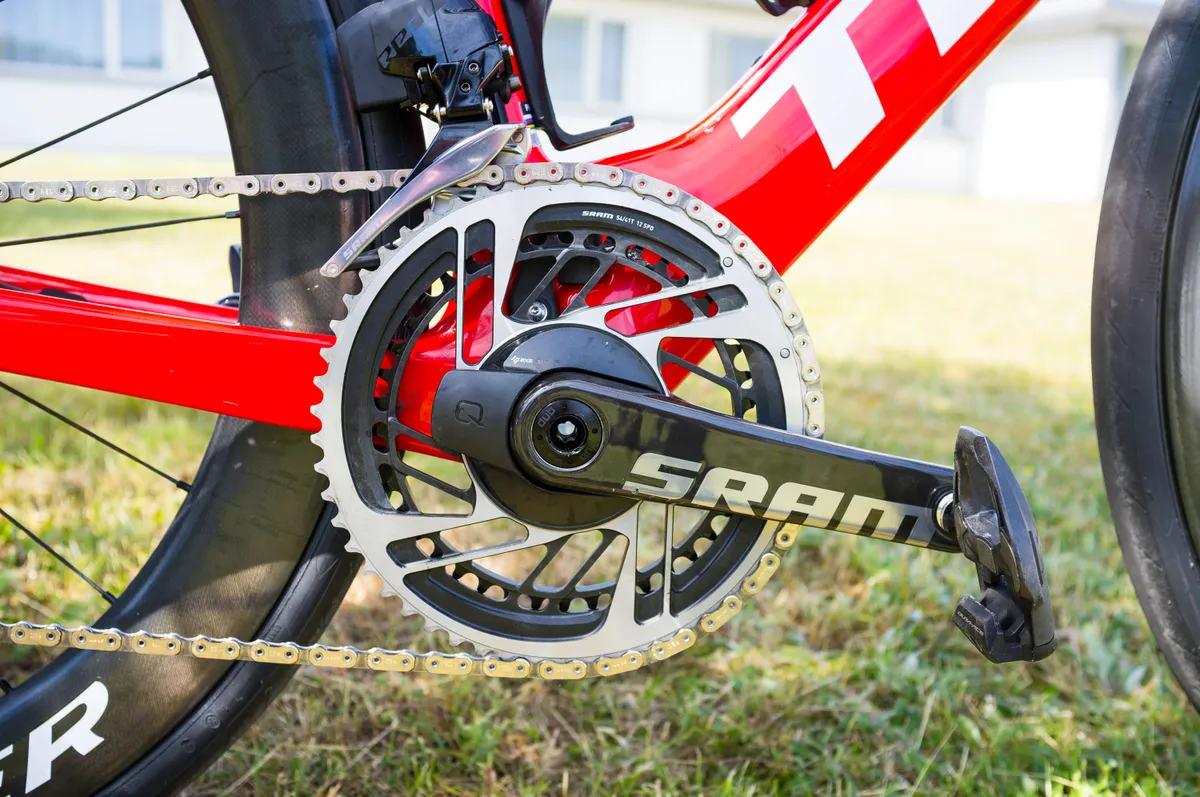
Trek-Segafredo’s Madone race bikes were equipped with 54/41t chainrings at last year’s Tour de France, possibly to enable the riders to keep the chain out of the 10t cog and, therefore, save some precious watts.
We’ve also found that shifting out of the 10t cog can be a little ponderous. Readers have expressed similar frustrations.
Could we see SRAM move away from a 10t cog for its top-end groupsets to chase those valuable watts?
Given this is one of SRAM’s key selling points of its eTap AXS groupsets, we doubt it’ll back-pedal on this particular feature. With that said, any improvements that could be made to improve shifting performance at the bottom of the cassette would be welcomed.
3) Bring the road braking up to Shimano’s level
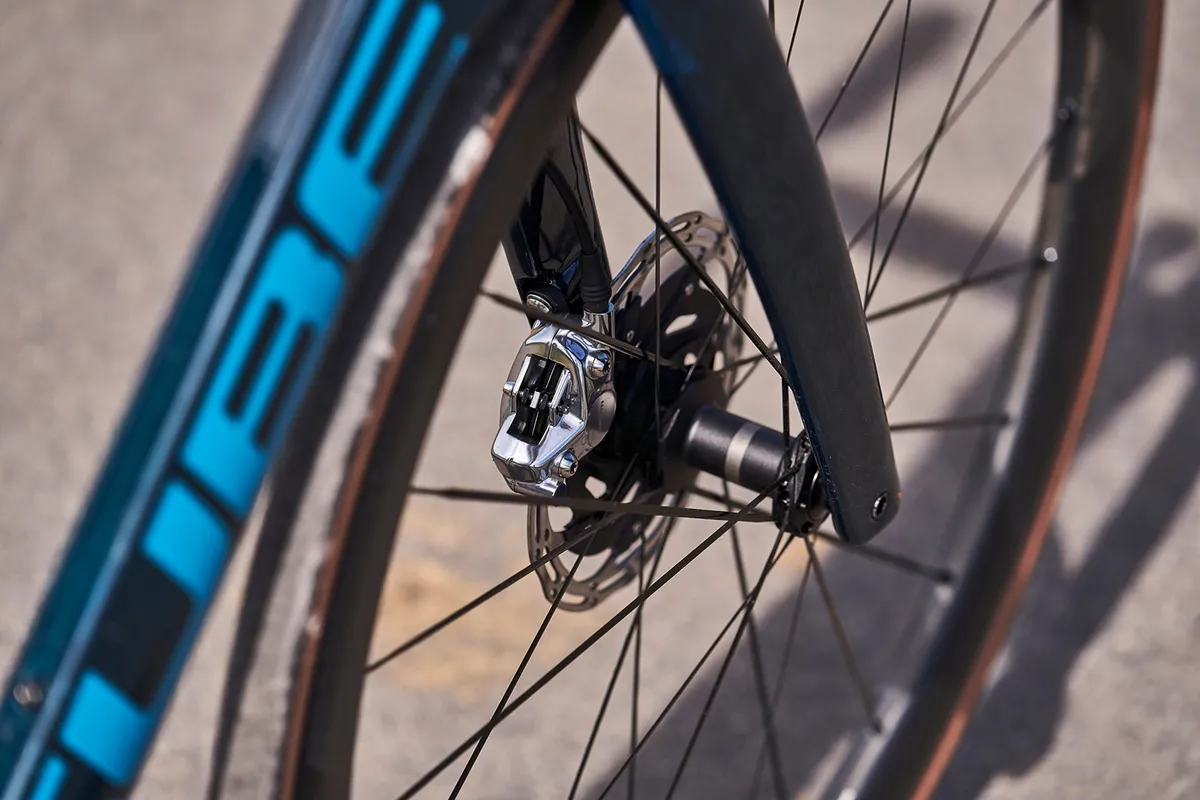
Other than a quiet rolling change to a two-piece body and larger pads in mid-2019, SRAM made no changes to its braking technology when it initially launched Red eTap AXS.
In comparison, Shimano has made some welcome changes to its brakes in recent years, giving them more modulation and extra pad clearance (which we’ll get on to shortly).
It's in the hands that the difference can really be felt. Shimano’s latest road and gravel brakes have a defined bite point with power progressing smoothly afterwards.
SRAM’s power is delivered a little more subtly, which can feel slightly vague at times, though we also know that SRAM brakes have won plenty of fans.
4) Go back to non-integrated chainrings
Why-oh-why is the Red AXS power meter integrated into the chainrings?
If either chainring wears out, you’ve got to replace everything in one go, including the power meter. That will set you back £798 at RRP. £798!
There is a 50 per cent discount available from SRAM, but it’s not exactly environmentally friendly (or affordable).
Please just go back to a modular system. It’ll be easier and cheaper for us end users.
5) Redesign hood ergonomics
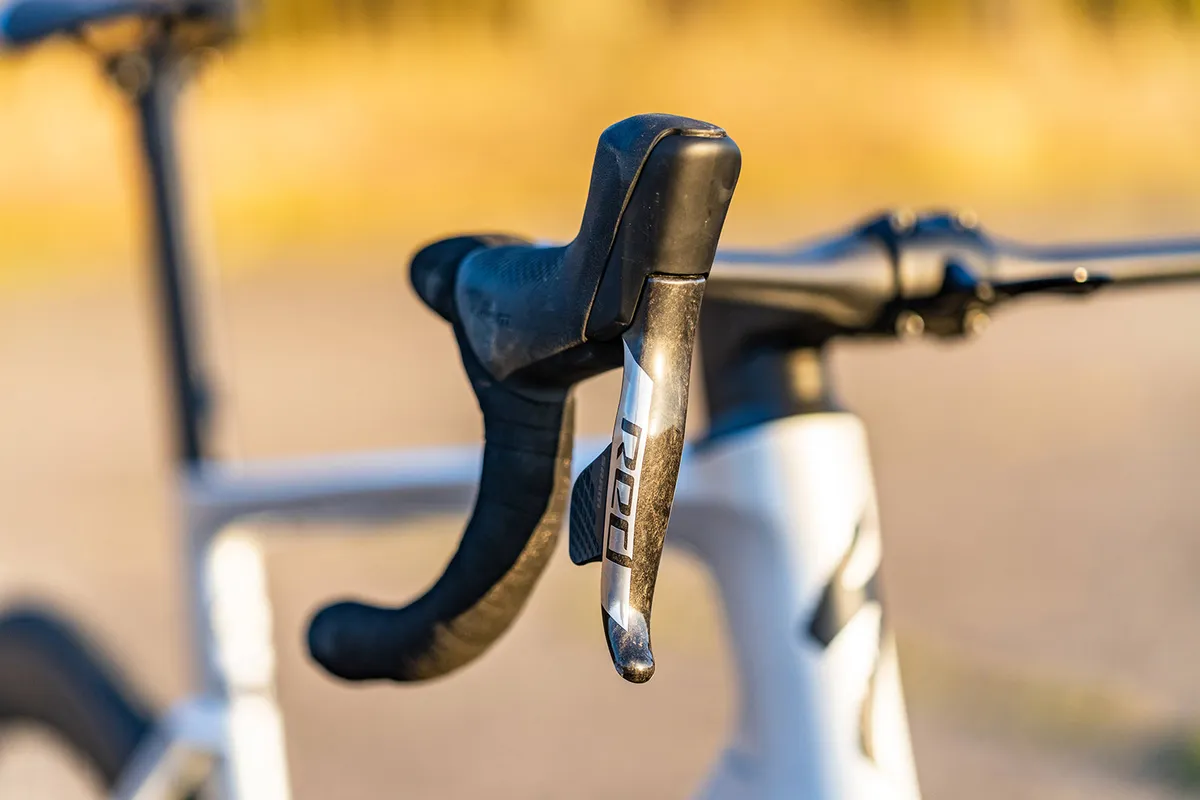
We’d like to see SRAM redesign the hood ergonomics for its Red and Force groupsets.
SRAM’s hoods feel very blocky when compared to Shimano’s or Campagnolo’s, so a move to something a little more rounded would be welcome.
Rival has already made a move to smaller hoods, and we really rate the redesigned shape.
This was one of the key changes we highlighted when we spotted prototype SRAM shifters last month.
6) Take another look at Blips

Away from Red, we would love SRAM to redesign its Blips – the coin-shaped remote shifting buttons that can be attached just about anywhere.
They work fine when mounted on the tops for climbing, and brilliantly on time trial extensions, but there’s a reason SRAM-sponsored pros such as Jasper Stuyven have been spotted using Shimano’s Di2 sprinter shifters.
We want SRAM to design a similarly small trigger shifter for use on the drops, because Blips are too bulky to fit here.
While SRAM is at it, please make a wireless blip dropper compatible with the Reverb XPLR post.
7) More pad clearance for rotors
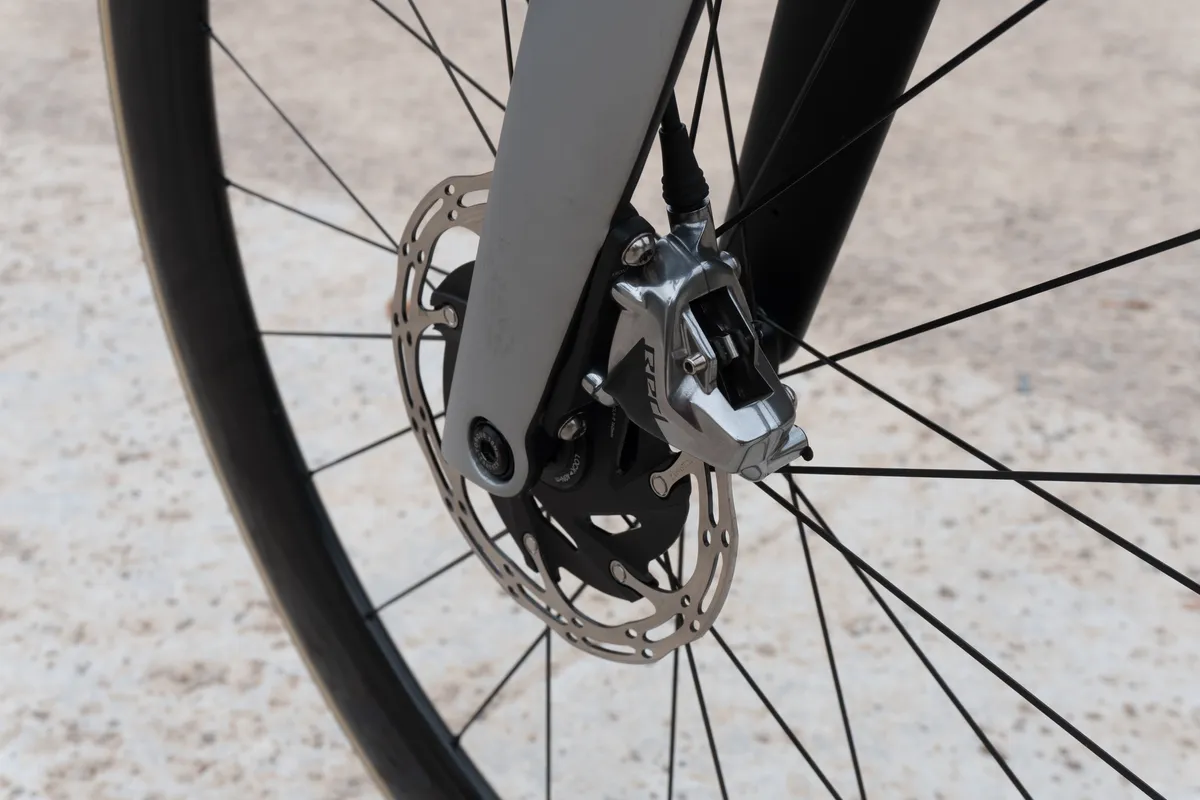
We’d like to see SRAM increase the clearance between the pads and rotors. That way, you’re less likely to get annoying brake rub in grimy conditions or after heavy braking.
But there’s a catch – if you have a linear correlation between the lever travel and the pad movement, increasing the space between the pads means increasing lever travel.
With that in mind, we’d like the extra pad clearance with reduced lever travel. But how can both of those things happen together?
Shimano accomplishes this using its Servo Wave tech, originally introduced for drop-bars on the GRX gravel groupset, having been borrowed from the brand's mountain bike brakes.
This makes piston movement non-linear, increasing the pad movement initially, before regressing, and allowing more lever travel once the pads have contacted the rotor.
That gives you loads of modulation, which feels great in the hand. We hope SRAM can incorporate similar tech into its next road and gravel groupsets.
8) Smaller batteries
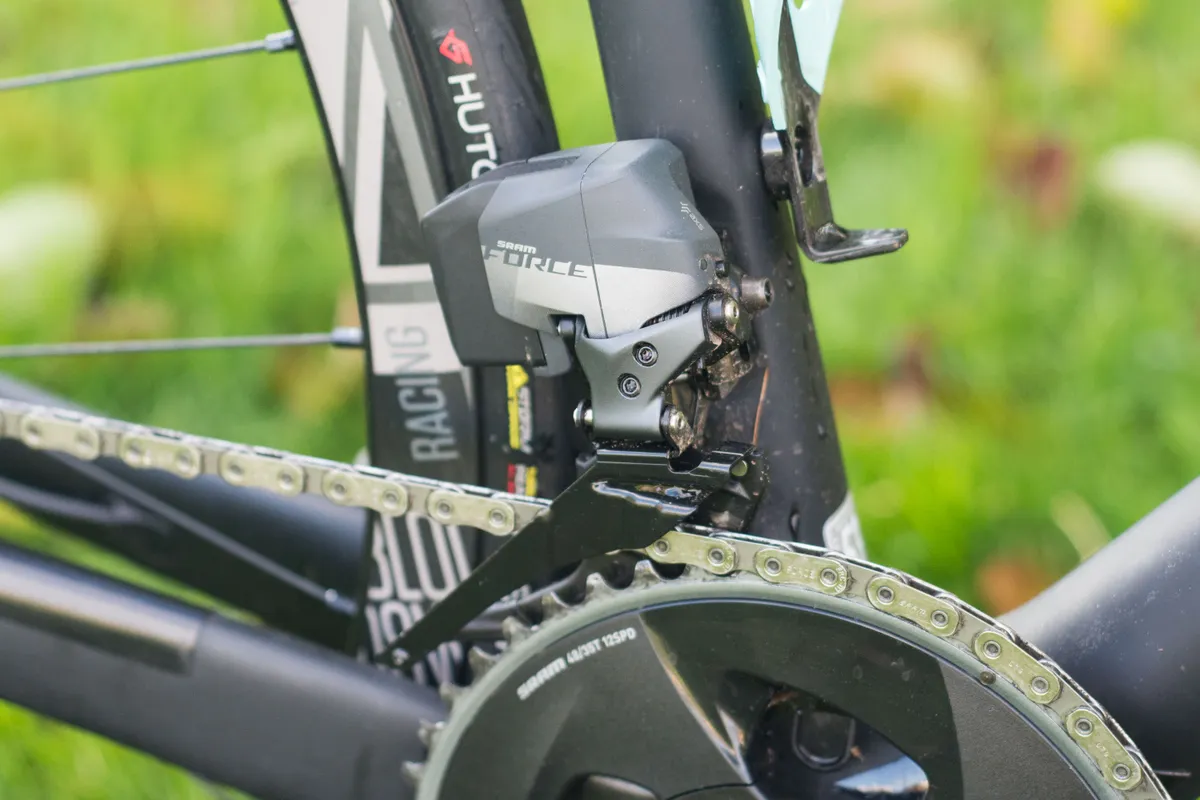
Many on the BikeRadar team would like to see SRAM slim down its eTap batteries.
This is primarily driven by aesthetic concerns, but we acknowledge that shrinking batteries would probably mean shorter times between charges.
One to hope for, rather than expect, we’d say.
9) Introduce a proper gravel groupset
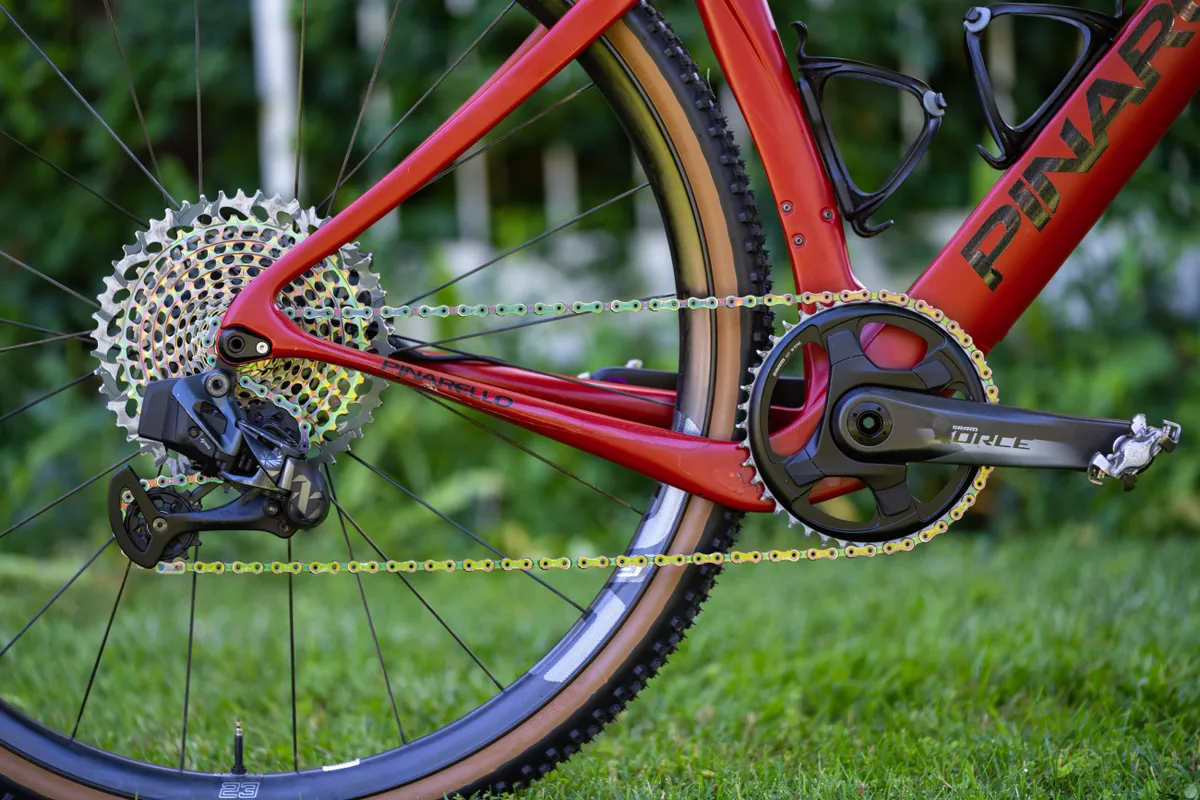
To push SRAM’s Red XPLR groupset to the next level, we’d love to see a Red derailleur designed specifically around a 10-52t cassette.
While it is possible to run an Eagle eTap AXS derailleur with drop-bar shifters, these look a little jarring when fitted to drop-bar bikes.
While we’re writing a wishlist for this imaginary gravel groupset, we’d add a set of HS2 rotors to provide quieter braking in wet weather.
The HS2 rotor is SRAM’s latest MTB-specific design and it comes with a slightly thicker 2mm profile. This is claimed to improve lever feel and heat dissipation.
10) Add Bleeding Edge to lower-end groupsets

Bleeding Edge should be added to SRAM’s lower-end brakes as a matter of urgency.
Bleeding Edge enables quicker and easier brake bleeds, thanks to an adaptor that seals the system, minimising air contamination and fluid loss.
Found on the Red and Force groupsets, it was a key omission from Rival eTap AXS, so we’re hoping to see it included on all groupsets going forward.
11) Give mid-range groupsets a more premium look
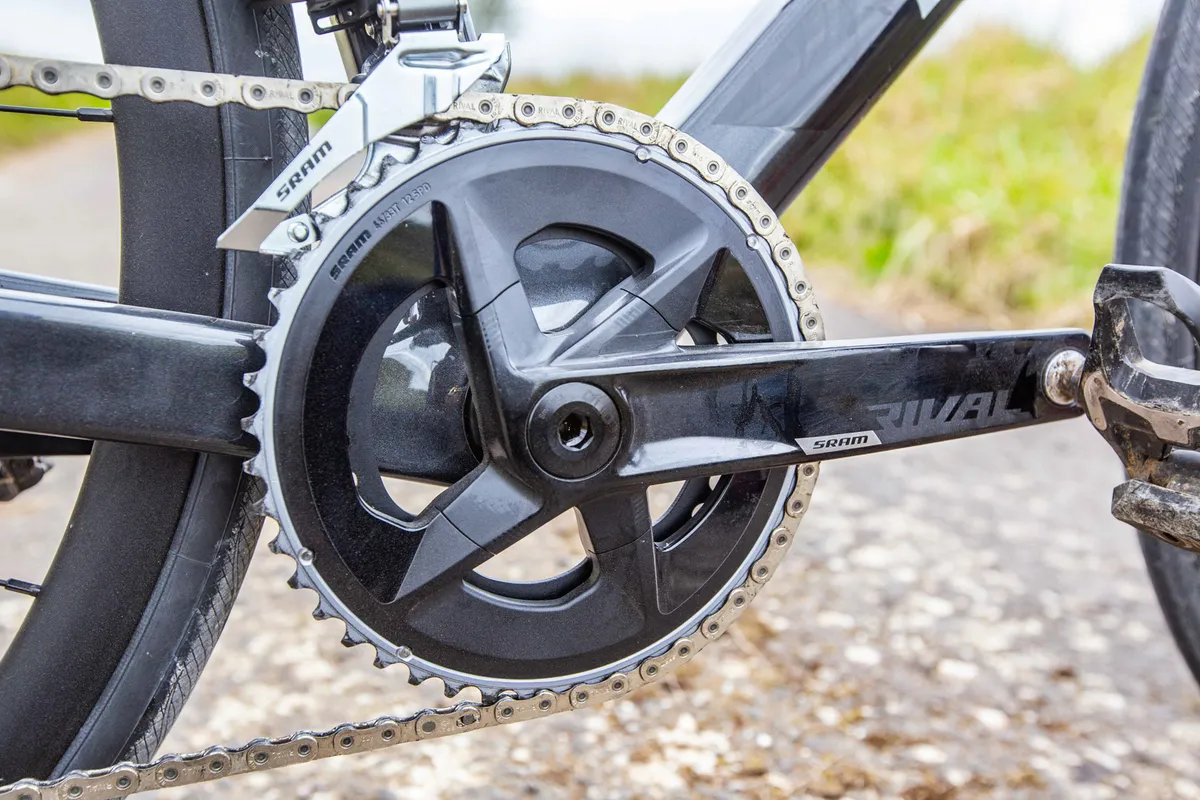
Speaking of those more affordable groupsets, we’d like to see them jazzed up.
Campagnolo gives you a fancy carbon crank on its third-tier Chorus groupset and Shimano keeps the aesthetics similar from Dura-Ace down to Sora.
SRAM made the Rival chainset and derailleurs relatively plain – unlike the shiny chrome seen on Red, there’s little to excite the eye.
As we've already covered, we're not expecting a Rival update any time soon, but when it is refreshed, we want a more premium look.
12) Angle adjustment on levers for flared bars
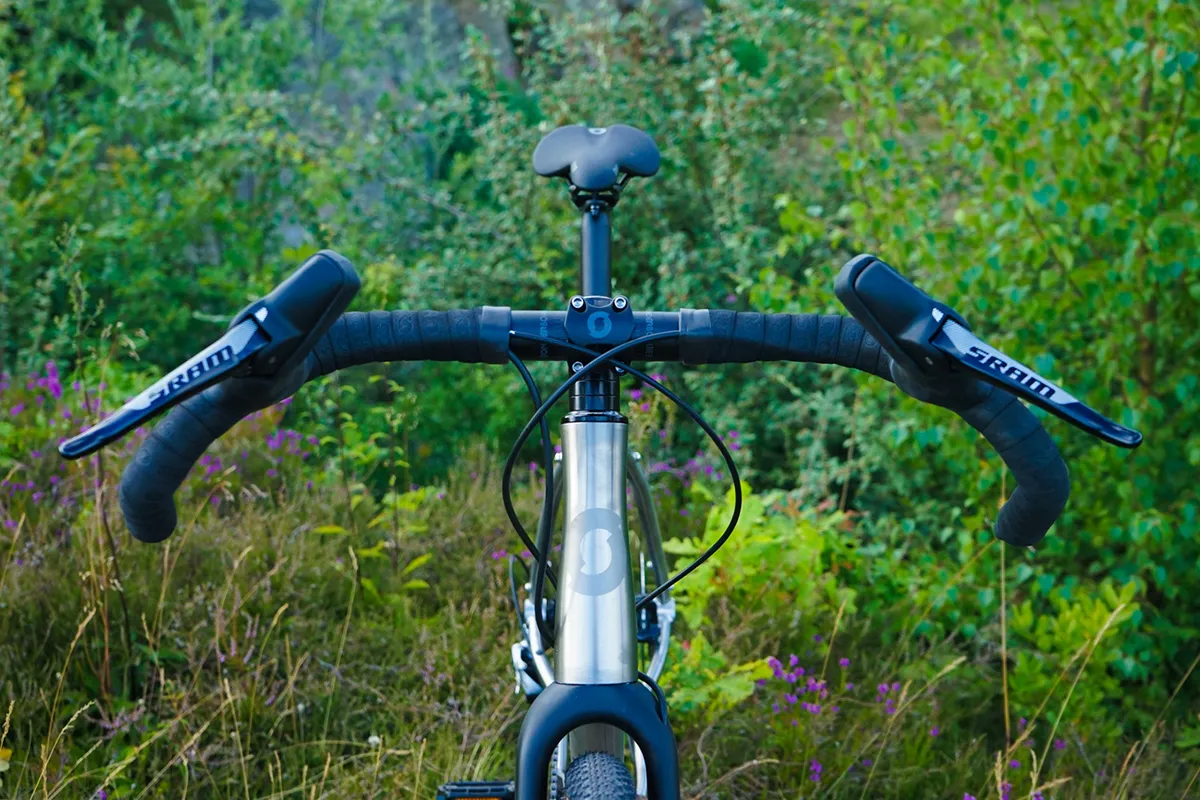
When you sit a bunch of bike testers around in an office and ply them with biscuits, you get a long chat about thrilling subjects such as why shifters don’t include lever-angle adjustment for use on super-flared gravel bike handlebars.
The issue is that, due to the angle of the levers, they stick up from the drops.
We want to be able to move the brake levers inboard a bit, making them easier to reach.
13) Better integration with Classified

We’d love to see SRAM integrate compatibility with Classified’s hub-gear electronics into its shifters.
Currently, you have to use the small shifter that comes with the Classified system. It’s not ideal, so having the shift function integrated into the SRAM shifters would be a plus. Shimano has already done this, allowing the left-hand Di2 shifter to control the Classified hub.
Well, that's our SRAM wishlist for 2023. Which points do you think are most likely to happen? And what else would you like to see from SRAM this year? Let us know in the comments.
